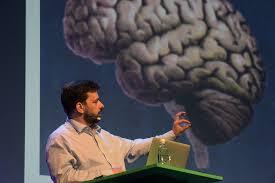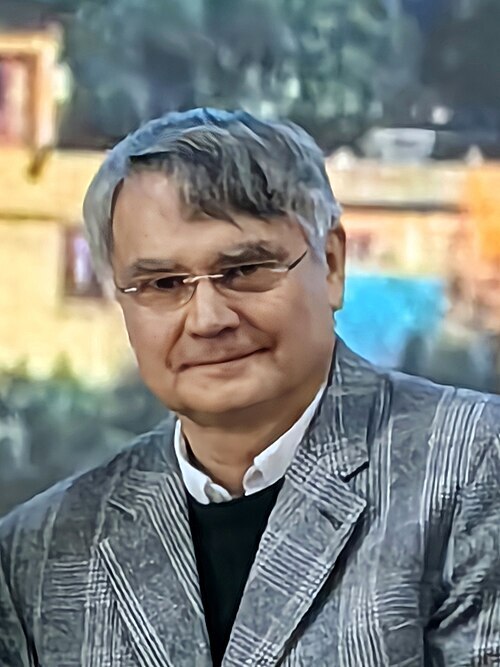Collaborators

Banaie Boroujeni K, Sigona MK, Treuting RL, Manuel, TJ, Caskey CF, Womelsdorf T (2022) The anterior cingulate cortex causally supports flexible learning under motivationally challenging and cognitively demanding conditions. PLoS Biology. 20(9), e3001785
Dockum A, Phipps MA, Newman M, Kusunose J, Treuting RL, Neumann A, Womelsdorf T, Caskey C (2024) Image Guidance of a Phased Array Transducer for Neuromodulation with a Small Focal Volume. IEEE Transactions on Ultrasonics, Ferroelectrics, and Frequency Control (UFFC-JS) (pp. 1:5). doi: 10.1109/UFFC-JS60046.2024.10793628

Treuting RL, Banaie Boroujeni K, Gerrity CG, Neumann A, Tiesinga P & Womelsdorf T (2025) Adaptive Reinforcement Learning is causally supported by Anterior Cingulate Cortex and Striatum. Neuron; 113, 1–16. https://doi.org/10.1016/j.neuron.2025.05.018
Tiesinga P, Womelsdorf T (2025) Parallel Belief States account for Learning and Updating of Attentional Priorities in Multidimensional Environments. 1-24, bioRxiv. doi: 10.1101/2025.09.03.674042

Hassani SA, Neumann A, Russell J, Jones CK, Womelsdorf T (2023) M1 selective muscarinic allosteric modulation enhances cognitive flexibility and effective salience in nonhuman primates. PNAS, Proceedings National Academy of Science, USA. 120(18), e2216792120 doi: 10.1073/pnas.2216792120

Hassani SA, Lendor S, Neumann A, Sinha Roy K, Banaie Boroujeni K, Hoffman K, Pawliszyn J, Womelsdorf T (2023). Dose-dependent dissociation of pro-cognitive effects of donepezil on attention and cognitive flexibility in rhesus monkeys Biological Psychiatry GOS. 3(1), p.68-77
Hassani SA, Lendor S, Boyaci E, Pawliszyn J, Womelsdorf T (2019) Multi-Neuromodulator Measurements across Fronto-Striatal Network Areas of the Behaving Macaque using Solid-Phase Microextraction. Journal of Neurophysiology. 122(4):1649-1660 doi: 10.1152/jn.00321.2019
